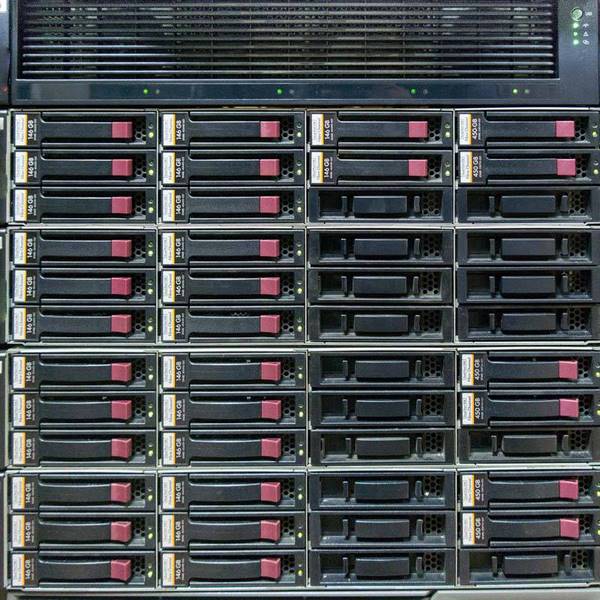RAID 0+1 or RAID 01
RAID 01 is a concatenation of 2 RAID systems. RAID 0 and RAID 1.
Function of RAID 0+1
RAID 0+1 is a storage configuration that offers both storage security through the mirror of RAID 1 and faster access through the operation of RAID 0. This combination allows for the benefits of both RAID levels, but it also has some specific characteristics.
One key feature of RAID 0+1 is its lower reliability compared to RAID 10. If a hard drive were to fail in one of the disk sets forming the array, it would result in the failure of the entire array. This means that the loss of a single hard drive can lead to the total loss of data stored in that array, even if the other mirrored array is operational. Therefore, while RAID 0+1 offers some redundancy and data security through mirroring, it is less resilient to failures than RAID 10.
In a RAID 0+1, data is divided into fixed-size blocks, typically referred to as sectors. The first data block is written to the first hard drive in one of the disk sets forming the array, then the second block is written to the second hard drive, and so on, following the principle of RAID 0. This formed array is then mirrored with another array, using the RAID 1 principle. This means that an identical copy of the data is created on the other set of disks, providing additional storage security.
By combining the speed of RAID 0 with the redundancy of RAID 1, RAID 0+1 achieves both high performance and some data security. Data is distributed and processed in parallel across multiple hard drives, thereby improving performance in terms of access speed and data throughput. Additionally, the presence of the mirror ensures data redundancy, which means that in the event of a hard drive failure, the data can be recovered from the mirrored array.
However, it is important to note that while RAID 0+1 offers some fault tolerance and performance improvement, it requires a higher number of hard drives compared to other RAID configurations. In fact, to form a RAID 0+1, at least four hard drives are required, as two disk sets are needed in RAID 1 mode, which are then combined in RAID 0 mode. This additional requirement in terms of the number of drives must be taken into account when planning storage capacity and the overall cost of the RAID 0+1 system.
In summary, RAID 0+1 is a storage configuration that combines the performance advantages of RAID 0 with the security of RAID 1 through mirroring. However, it has lower reliability compared to RAID.
RAID 0+1 failures
A RAID 01 is less secure than a RAID 10.
The common RAID 01 failures are :






